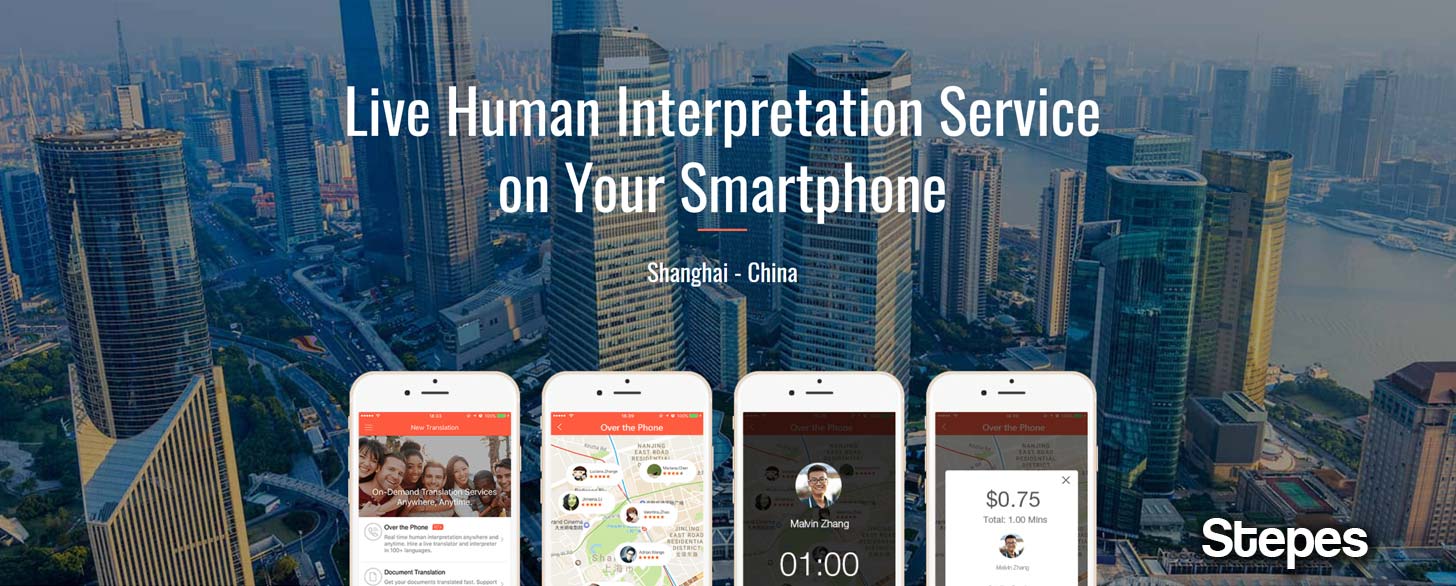 6 Terms
6 TermsHome > Terms > English (EN) > Asian Americans
Asian Americans
Asian Americans represent the fastest growing ethnic groups in the United States. The 1990 census listed the population of Asians or Pacific Islanders as 7.2 million (2.9 percent of the American population). This figure nearly doubles the 1980 census figure of 3.7 million. A projected population for 2000 is 10.67 million. Immigration from Asia, by 1990, also represented nearly half (48 percent) of all legal entries to the US, compared with 5 percent in the years 1931–65. Since this group includes many recent immigrants, its relations with the many homelands are strong forces in forging Pacific Rim relationships.
Yet the category “Asian American” jumbles disparate peoples, languages, histories and experiences to fit “American” categories—even if Asian Americans themselves have found it useful in terms of political and cultural empowerment. “Asian American” generally includes people whose families originate in Asia and the Pacific Islands, but people from the Middle East, Central Asia and South Asia may be perceived as heirs of distinct cultural traditions, whatever their census or employment categorization.
Culturally, the dominant image of an Asian American for most other Americans is a (recent) immigrant from East Asia who “looks Chinese”; heterogeneity is not widely acknowledged.
The first Asian Americans were Chinese and Japanese who came in the mid-nineteenth century under multiple restrictions. Filipinos and South Asians followed in the twentieth century. Koreans arrived primarily after the Korean War, just as Southeast Asians were linked to Vietnam. Overall, Asians had little American presence until the 1965 Immigration Act, which abolished racial and nationality quotas. In the ensuing twentyfive years, the Asian American population increased sevenfold.
In the twentieth century most Asians entered the US either as family members of naturalized citizens or as professionals. However, in the black/white racial polarization of America, Asian Americans have been even more invisible than Hispanics. In part, this reflects an “ease” of assimilation. The media have labeled Asian Americans as the “model minority” because of their socio-economic success, including their remarkable student representation in elite universities like Harvard, University of California-Berkeley and MIT (Massachusetts Institute of Technology, nicknamed Made In Taiwan). In fact, the labor of generations of Chinese, Japanese and Filipinos struggling to gain a stake has been eclipsed by an image of immigrant entrepreneurs and highly driven students. While some “Asian values” contribute to this, including strong family ties (often with Confucian overtones) and widespread cultural values of education and discipline, new immigration policies also favor family cohesion, education and capital. Meanwhile, an image of rapidly acquired wealth has antagonized local relations and hidden problems of the elderly, the culturally dislocated and those whose immigration experience is one of virtual servitude in sweatshops.
Moreover, Asian Americans are not seen as threatening: men have often been portrayed as smart but nerdy, preoccupied with math and science, while women are seen as the sexy Suzy Wong or subservient mail-order bride. This image of a successful, docile minority overshadows the diversity and the “Americanness” of Asians ranging from street gangs to Olympic skaters.
The most contentious issue facing Asian Americans is the difficulty defining Asian American. Often, Asian Americans come from countries that have fought each other for centuries. While their languages, foods, religions and clothes appear similar from a Euro-American perspective, differences in national and regional traditions are strongly marked among immigrants and their descendants—Vietnamese Chinese are not the same as Hmong or Viet, nor do early Cantonese immigrants share the language and experience of Taiwanese or Chinese from the mainland or the Chinese global diaspora. Asian Americans who have resided in the US for generations, suffering laws that divided families or interned them, have assimilated in different ways from those who have just arrived in the last few years or decades. However, this diversity is also a strength, which allows the group to act cohesively, with different voices against shared discrimination.
The notion of an Asian American identity, in fact, has been shaped by the success of the Civil Rights movement in the 1960s. Grassroots organizations, like the Asian American Legal Defense and Education Fund, serve all Asian Americans. In universities across the country, ethnic studies programs have incorporated sizeable Asian American sections, featuring Asian and Pacific American heritage week (or month) held every May.
The label “Asian American” is more readily used by American-born generations than by immigrants, since the former have a shared experience of growing up in America as neither black nor white. Hence, “Asian American” can be both a self-selected term for political empowerment and an imposed category for the ethnic accounting.
While there are Asian Americans all over the United States, large communities are especially situated in metropolitan centers like Los Angeles, San Francisco, New York, Chicago and Atlanta. More Asian Americans are concentrated on the West Coast because of its relative geographic proximity to Asia and its diverse historical roots. While the original Chinatowns were ethnic enclaves, middle-class Asian American suburbs took shape in the 1980s. Yet many Asian Americans, especially those of the second or third generation, live in diverse communities all over the country. Friendships and intermarriage with whites (often class-based ties that eclipse marriage with African Americans and Hispanics, and with other Asian nationalities) are also producing new biracial and bi-cultural generations.
Older Asian Americans have been making headway in the political mainstream, including Senator Daniel Inouye and Representative Patsy Mink from Hawai’i, and Governor Gary Locke in Washington. However, in the 1990s fundraising scandals linked to overseas Chinese and a suspected Chinese espionage scandal have shown how Asian Americans are marked as different within the United States. Orientalist stereotypes of a shifty, unscrupulous Fu Manchu are alive and well, complicated by a widespread assumption that all Asians are born and have allegiances “somewhere else.” Yet, the recent growth of the Asian American population as a result of the continual influx of immigrants has indeed made Asian Americans deeply transnational citizens, united by media, communication, travel and family ties to a global consciousness unusual within traditions of American isolation and assimilation. In fact, such transnational ties raise interesting questions about American identity itself. Is Shanghai-born I.M. Pei, whose career flourished in the US but who is also lionized in China, different from the Vietnamese American Maya Lin, or the European refugee Walter Gropius? Hong Kong film-makers Jackie Chan, John Woo and Ringo Lam work and live in the US; tennis star Michael Chang has fans across China. While the same issues of divided loyalties are raised with regard to Irish American supporters of the IRA or Cuban American exiles in Miami, Asian Americans as a whole seem to have been defined within a new global citizenship, wrapped in both suspicion and promise.
These issues also imbue media representation of Asian Americans as “others.” In literature and film, however, many have countered this in a florescence of artistic creativity especially since the 1960s. The seminal literary anthology The Big Aiiieeeee! (1974) reflects the frustrations many have felt as people marked as non-Americans despite their heritage, service and commitment (see Asian Americans in cinema and television).
- Part of Speech: noun
- Synonym(s):
- Blossary:
- Industry/Domain: Culture
- Category: American culture
- Company: Routledge
- Product:
- Acronym-Abbreviation:
Other Languages:
Member comments
Terms in the News
Billy Morgan
Sports; Snowboarding
The British snowboarder Billy Morgan has landed the sport’s first ever 1800 quadruple cork. The rider, who represented Great Britain in the 2014 Winter Olympics in Sochi, was in Livigno, Italy, when he achieved the man-oeuvre. It involves flipping four times, while body also spins with five complete rotations on a sideways or downward-facing axis. The trick ...
Marzieh Afkham
Broadcasting & receiving; News
Marzieh Afkham, who is the country’s first foreign ministry spokeswoman, will head a mission in east Asia, the state news agency reported. It is not clear to which country she will be posted as her appointment has yet to be announced officially. Afkham will only be the second female ambassador Iran has had. Under the last shah’s rule, Mehrangiz Dolatshahi, a ...
Weekly Packet
Language; Online services; Slang; Internet
Weekly Packet or "Paquete Semanal" as it is known in Cuba is a term used by Cubans to describe the information that is gathered from the internet outside of Cuba and saved onto hard drives to be transported into Cuba itself. Weekly Packets are then sold to Cuban's without internet access, allowing them to obtain information just days - and sometimes hours - after it ...
Asian Infrastructure Investment Bank (AIIB)
Banking; Investment banking
The Asian Infrastructure Investment Bank (AIIB) is an international financial institution established to address the need in Asia for infrastructure development. According to the Asian Development Bank, Asia needs $800 billion each year for roads, ports, power plants or other infrastructure projects before 2020. Originally proposed by China in 2013, a signing ...
Spartan
Online services; Internet
Spartan is the codename given to the new Microsoft Windows 10 browser that will replace Microsoft Windows Internet Explorer. The new browser will be built from the ground up and disregard any code from the IE platform. It has a new rendering engine that is built to be compatible with how the web is written today. The name Spartan is named after the ...
Featured Terms
Christ Crowned with Thorns
Christ Crowned with Thorns is a work by Hieronymus Bosch. The painting presents the viewer with a double departure; the painting differs dramatically ...
Contributor
Featured blossaries
badr tarik
0
Terms
57
Blossaries
2
Followers
Best Mobile Phone Brands
 6 Terms
6 Terms
badr tarik
0
Terms
57
Blossaries
2
Followers
The largest countries in the world
 8 Terms
8 Terms
Browers Terms By Category
- Aeronautics(5992)
- Air traffic control(1257)
- Airport(1242)
- Aircraft(949)
- Aircraft maintenance(888)
- Powerplant(616)
Aviation(12294) Terms
- Cultural anthropology(1621)
- Physical anthropology(599)
- Mythology(231)
- Applied anthropology(11)
- Archaeology(6)
- Ethnology(2)
Anthropology(2472) Terms
- General law(5868)
- Contracts(640)
- Patent & trademark(449)
- Legal(214)
- US law(77)
- European law(75)
Law(7373) Terms
- Railroad(457)
- Train parts(12)
- Trains(2)



